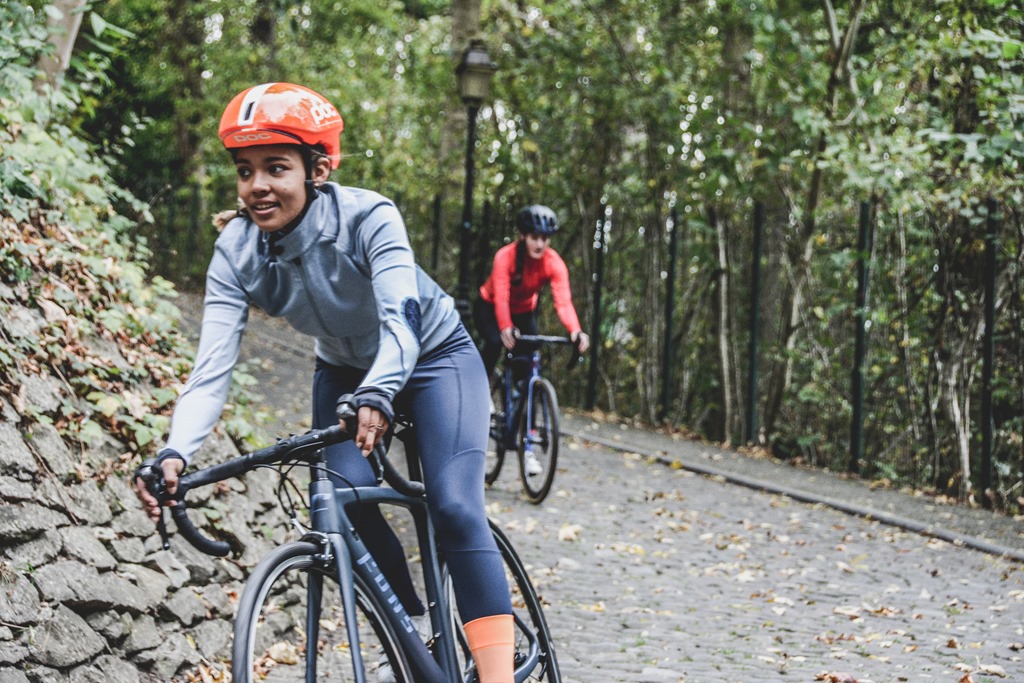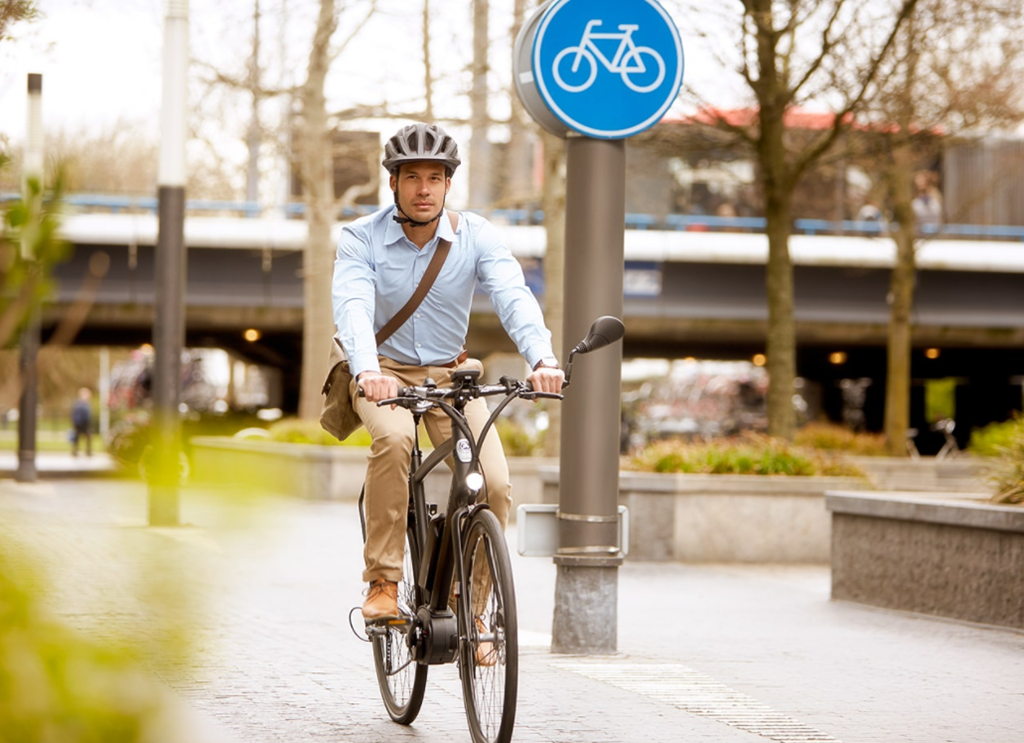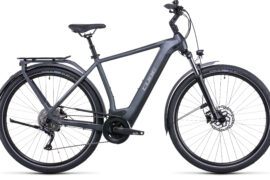Try our Products at our Electric Bike Shops in Bristol, Cambridge, Oxford or York
In addition to changing who has priority at junctions, new Highway Code updates will put more responsibility on drivers.
In January of this year, new rules which change how drivers and cyclists use roundabouts and junctions came into force in an updated highway code.
The updates also change the rules regarding pedestrian crossings and junctions, putting more responsibility on the drivers of the largest vehicles.
A new hierarchy of road users is being introduced to protect the most vulnerable road users.
By law, those with the most potential for harm, such as HGV and bus drivers, are held most accountable for reducing the danger posed to other road users. At the same time, other motor vehicle drivers also have more responsibility for reducing risks posed to vulnerable road users.
The new hierarchy looks like this:
- Pedestrians
- Cyclists
- Horse riders
- Motorcyclists
- Cars/taxis
- Vans/minibuses
- Large passenger vehicles/heavy goods vehicles
Among the updates to existing rules is advice on high-visibility clothing and helmets as well as details on the types of cycle routes, lanes, and tracks. Additionally, they include new wording regarding controlling bicycles, passing parked cars, and advising against overtaking large vehicles on the left unless they are stationary or moving very slowly.
Rule 63 is an entirely new rule that emphasizes cyclists taking care and slowing down when passing pedestrians, horse riders and horse-drawn vehicles when riding on shared routes. By ringing their bell, cyclists can also make sure other road users are aware of their presence.

The new rules change how drivers interact with cyclists.
Among the changes being introduced is a new rule for drivers who use roundabouts simultaneously as cyclists.
New rules prioritise cyclists requiring drivers not to cut across the path of bike riders on roundabouts.
Rule 186 states: “Give them plenty of room and do not attempt to overtake them within their lane. Allow them to move across your path as they travel around the roundabout.
“Cyclists, horse riders and horse drawn vehicles may stay in the left-hand lane when they intend to continue across or around the roundabout and should signal right to show they are not leaving the roundabout.
“Drivers should take extra care when entering a roundabout to ensure that they do not cut across cyclists, horse riders or horse-drawn vehicles in the left-hand lane, who are continuing around the roundabout.”
Similar rules have now come into force for road users at junctions and passing slow-moving traffic.
When turning into a junction, drivers are not to cross the path of cyclists travelling straight ahead. They must also give cyclists at least 1.5 metres of space when overtaking them.
The updates also aim to clarify and strengthen the rules regarding who has the right of way in various situations.
Clearly emphasising that road all users “should give way to pedestrians crossing or waiting to cross a road into which or from which you are turning.
“You MUST give way to pedestrians on a zebra crossing, and to pedestrians and cyclists on a parallel crossing.”
Until now, the guidance only instructed road users to give way to those already crossing.
The hierarchy between cyclists and pedestrians is clearly defined in the rules, and cyclists must give way to pedestrians on shared cycle tracks.
According to the Department for Transport, the changes are meant to make roads safer for more vulnerable users but do not exempt pedestrians and cyclists from responsibility and must take proper care and attention when using the road network.
It says: “The objective of the hierarchy is not to give priority to pedestrians, cyclists and horse riders in every situation, but rather to ensure a more mutually respectful and considerate culture of safe and effective road use that benefits all users.”




